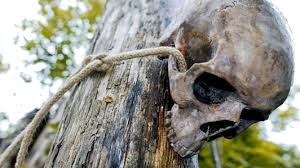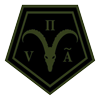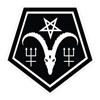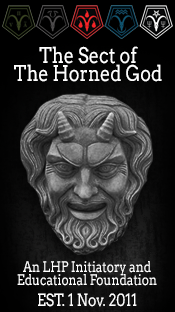Druids: The Dark Holy Men of the Celts
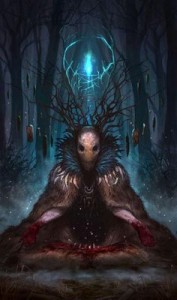
by Thomas LeRoy ~ Founder of The Sect of the Horned God
Most of what we know of the ancient Druids was written by the Greeks and Romans, enemies of the Celts. And what they have written of these “Men of the Oak” has not been flattering. Today’s Druids play at being the jovial nature lovers, marching around Stonehenge on the Solstices performing rituals created in the early 19th century. But were the Druids really happy tree-huggers, or did they have a darker side?
The Druids were the Celtic priests, philosophers, judges and soothsayers who convened with the gods, and divined the future. They were political advisers who had influence over the decisions of kings and chiefs. The Druids were extremely powerful in Celtic society, a society known for its beautiful art, mythology, warrior culture and head-hunting.
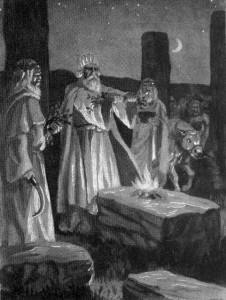
Roman texts accuse the Druids of performing human sacrifice. According to Caesar, the Druids believed that “The Gods delight in the slaughter of prisoners and criminals, and when the supply of captives runs short, they sacrifice even the innocent”. Tacitus claims the Druids “…deemed it a pious duty to cover their altars with the blood of captives and to consult their deities through human entrails.” Diodorus Siculus claims that the Druids, “… choose a person for death and stab him or her in the chest above the diaphragm. By the convulsion of the victim’s limbs and the spurting of blood, they foretell the future.”
We may be shocked at Celtic sacrifice and head-hunting, as were the Greeks and Romans, and wonder if such reports could have been exaggerated, seeking to portray the Celts as barbarians, thus giving Rome justification to conquer. But, in truth, the classical reports don’t even begin to compare with the gruesome evidence archaeologists have unearthed.
At Roquepertuse in southern France, a Celtic sanctuary from the third century B.C., yielded concrete evidence of severed heads used in rituals. A substantial Iron Age walled fort was in place there with a cultic shrine, dominated by decorative porticos with niches. Real and sculpted human heads were exhibited in these niches: the portico apparently constituted something of a gallery of heroes.
In Britain in the 1980’s, the bog-mummified body of a Druidic sacrifice “Lindow Man” came to light. Evidence showed that he was a person of high rank, perhaps even a Druid himself, killed about the time of the Roman invasions. Did the Druids do this to appease the gods so that they may aid them against the Romans?
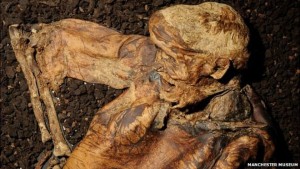
Then came the discovery in 2000 of 150 human skeletons, found in a cave in Alveston, England. Evidence showed that the Druids may have killed their victims in a single event. It’s possible that the Roman invasion itself was responsible for the escalation in the Druids’ ritualized slaughter, according to the researchers.
Now, is it fair to judge the Druids through the filter of the 21st century? No.
The Celts were a people of their time. A brutal age. But still, the modern Druids should not ignore the fact that true Druidism is soaked in blood.
